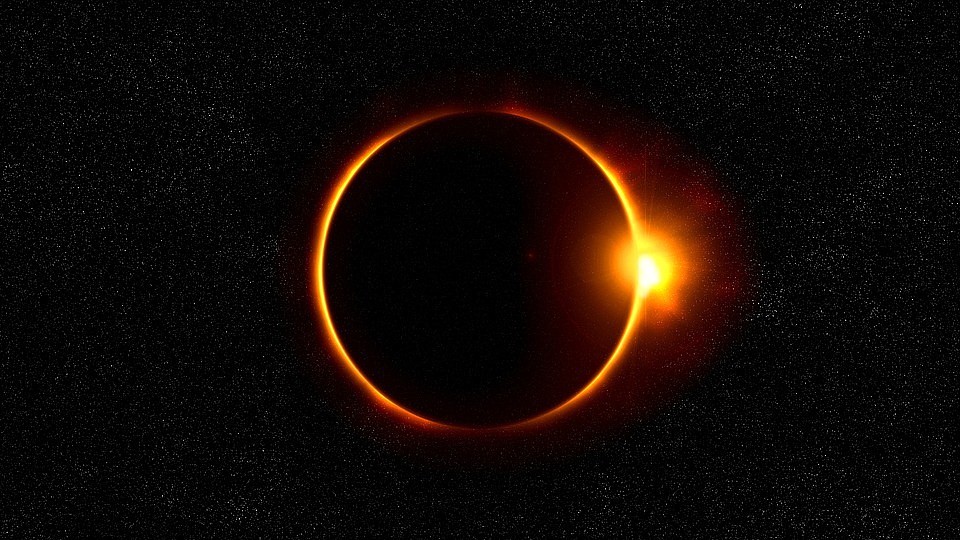- April 18, 2024
-
-
Loading

Loading

MILKY WAY GALAXY – The highly anticipated total solar eclipse occurring Monday, August 21, has excited many Americans. And with good reason, as the celestial event tends to only be visible from less than half a percent of the Earth's surface. Bearing that in mind, the eclipse mania is understandable. So, in honor of this rare-yet-not-rare phenomenon, here are some answers to a few big questions about solar eclipses.
Believe it or not, what some believe is a rare and almost magical phenomenon, is actually an event that occurs an average of twice a year. What is rare is for an eclipse to be visible from a specific point on the Earth's surface because, although common, solar eclipses can usually only be seen in a path ranging from 100 to 200 kilometers.
Solar eclipses are also known to also occur five times in one year, but it is rare. In fact, the last time that happened was in 1935 and the next time will be in the year 2206.
The total solar eclipse that has the whole country swarming several states in order to be located in the direct path of totality is actually just one type of eclipse out of four. The other three types are partial, annular and hybrid, which all differ in appearance based on the distance of the moon from earth. The closer the moon is to the earth, the more of the moon’s shadow is able to cover the sun.
Despite the rumors, glancing at a solar eclipse without proper eye protection won’t leave you blind, but they can certainly do serious damage to your vision. This is because the involuntary protective reflexes that cause one’s pupils to contract when looking at the sun or squint when looking at a bright light do not activate. And the dangerous part is, you won’t even know you're damaging your eyes because your pain receptors won’t alert you until hours or days after.
According to NASA, it’s safe to take a quick peek during the brief totality phase of a total solar eclipse. However, you may find yourself needing to visit an optometrist if you look up during the partial phases when the moon is not completely covering the sun.
The next solar eclipse will be a partial eclipse that will occur Feb. 15, 2018, but it will only be visible in parts of South America and Antarctica. The next total solar eclipse will occur Dec. 14, 2020, and will only be visible from locations in South America, Antarctica and the south Pacific and south Atlantic oceans.
Note: Information gathered from multiple sources, including Nasa.gov, Space.com, MentalFloss.com, ABC.net and Mreclipse.com.
–––
Contact Gabby Baquero at [email protected]